History of the IBEW and Local 143
The story of organized labor’s impact on the electrical industry:
From humble beginnings to one of the most respected International Unions within the building trades, the International Brotherhood of Electrical Workers (IBEW) has shown its strength through solidarity and a dedication to improving the lives of its members.
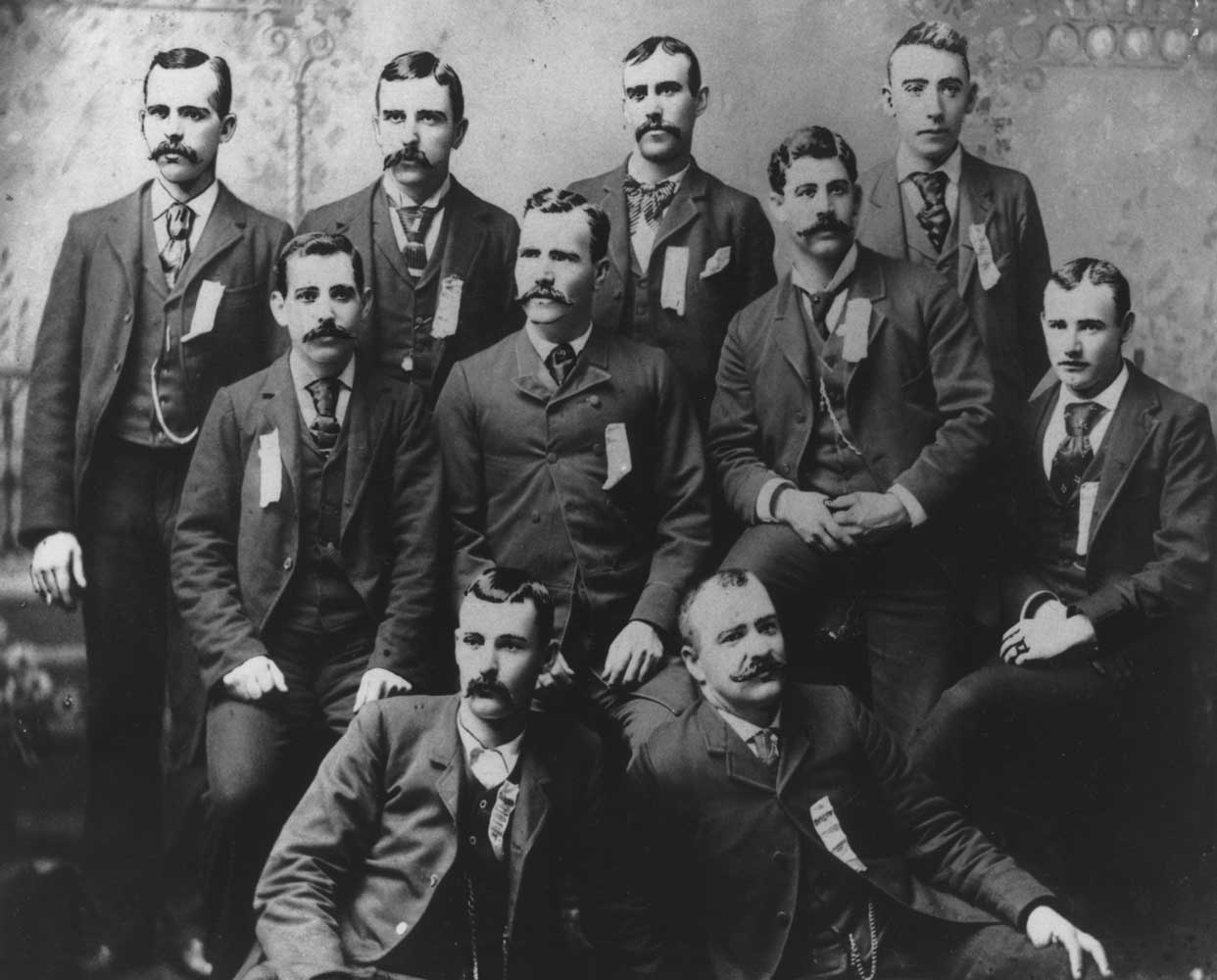
IBEW History:
The early years
Initially named the National Brotherhood of Electrical Workers (NBEW), the organization that is today known as the International Brotherhood of Electrical Workers (IBEW) was founded on Nov. 21, 1891 in St. Louis.
The NBEW was formed in response to long hours, low pay, terrible working conditions and no training and safety standards.
At its founding, electrical workers earned about $8 a week, lower than the wages paid to other trades. The industry’s death/injury rate was double that of other industrial jobs. In some cities, every other linemen and wiremen died on the job. Thus, the NBEW was primarily founded to give these tradesmen the working conditions that all Americans today consider a fundamental human right.
In 1892, the first female members were admitted to the union at the organization’s second convention, which was held in Chicago.
At the union’s 1899 convention, the NBEW admitted a Canadian Local Union and changed its name to the International Brotherhood of Electrical Workers.
WWI and WWII
A trendsetter in improving employee-employer relationships, the International and its contractors created the Council on Industrial Relations (CIR) in 1919, which allowed for a balanced discussion between labor and management. This allowed the two sides to settle thousands of disputes without striking, earning them the title of being a “strikeless industry.” This is a model other unions are still trying to perfect today.
The IBEW steadily lost membership following WWI, peaking during the Great Depression. However, the election of Franklin D. Roosevelt as President of the United States ushered in an era of pro-labor legislation dubbed the New Deal. FDR’s New Deal helped revive the IBEW, as construction projects throughout the nation required the use of IBEW members.
On Dec. 8, 1941, the U.S. entered World War II by declaring war on Japan. Three days later, America declared war against Germany and Italy.
Within 72 hours of the federal government’s formal request, the IBEW established a system to staff defense jobs. Over the next four years, IBEW members served honorably during the war in a variety of roles — both on the home front and on the war front.
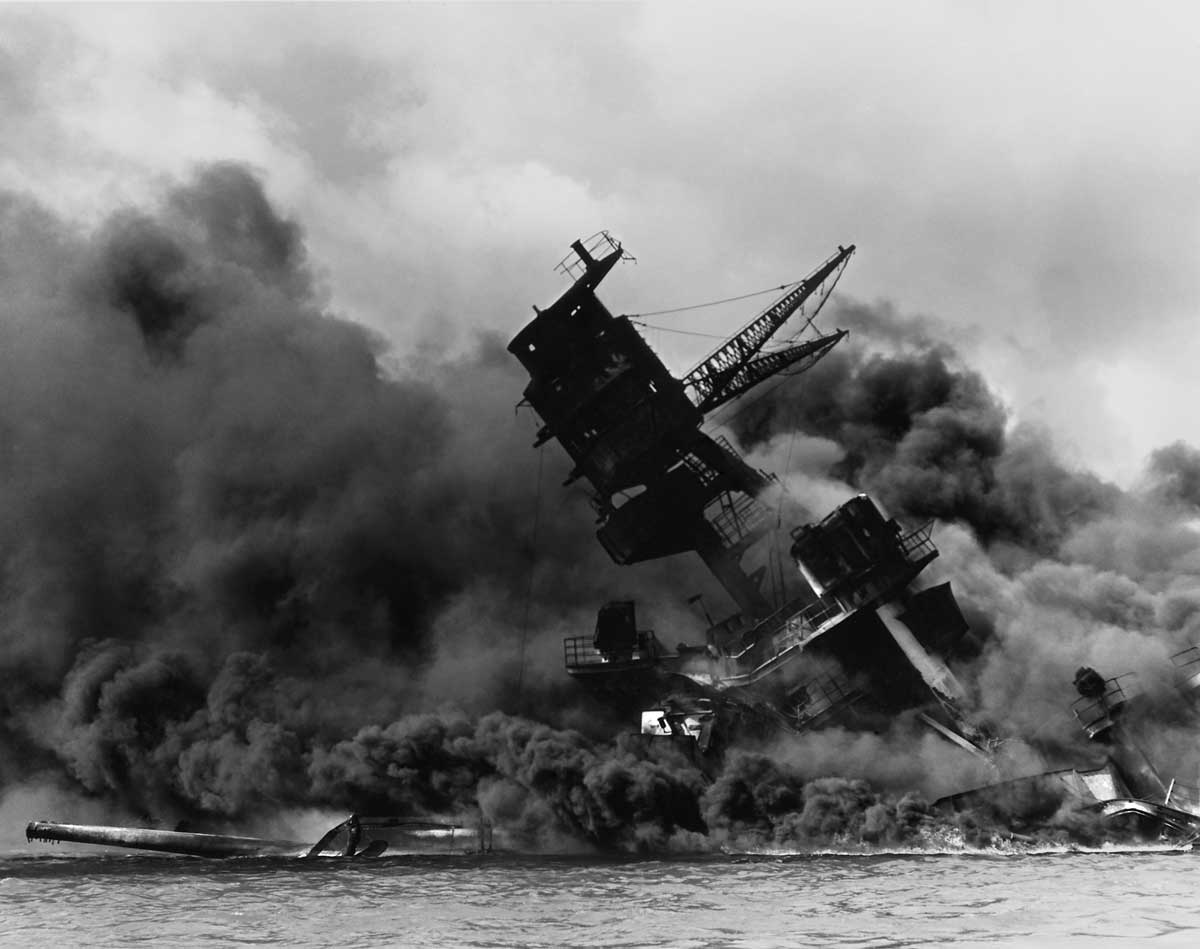
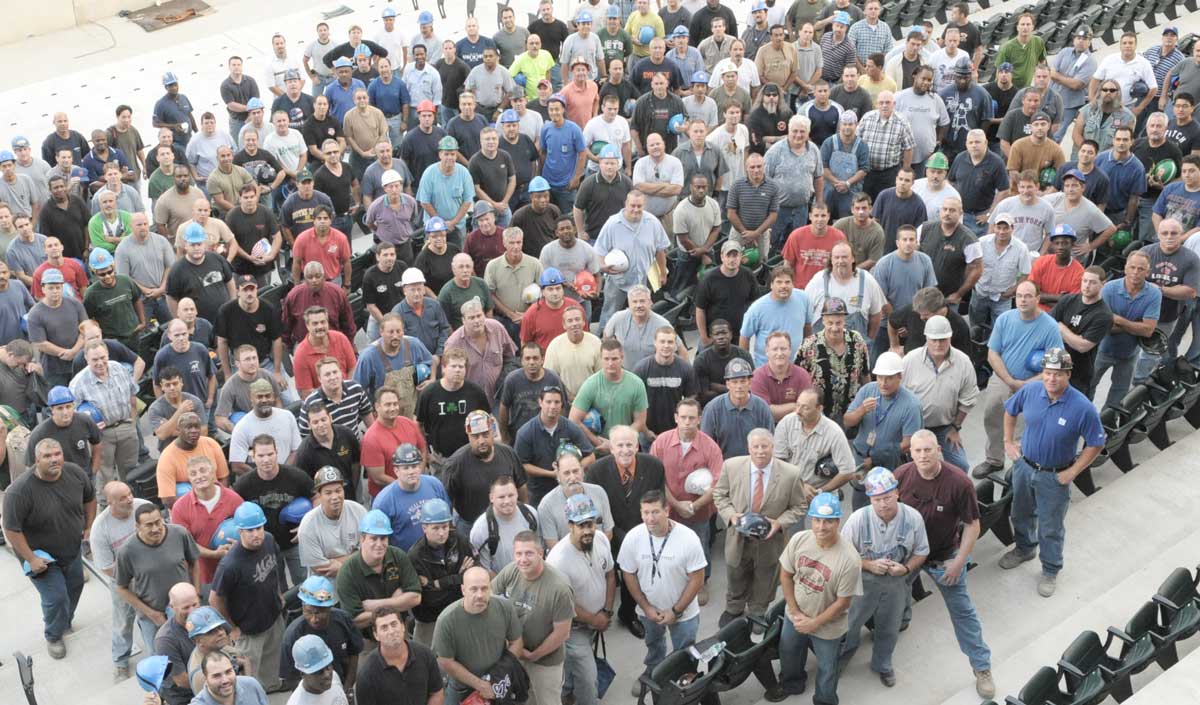
The Modern Era
Following WWII, the IBEW’s membership surged.
At the IBEW’s 1954 Convention, the union reported a membership of 625,000.
As membership increased, the union made changes to the National Electrical Benefit Fund, which provides retirement benefits to members. Delegates to later Conventions voted to create the strike assistance and legal defense funds. They also strengthened the pension by adding provisions for disability, vested pension benefits and death benefits.
By the 1970 Convention in Seattle, IBEW membership grew to 950,000. Four years later, the International celebrated the 1 million membership milestone.
Economic turmoil in the late 1970s, followed by anti-labor policy enacted by the Reagan administration, brought membership below 1 million. By 1986, membership had dropped to 870,000. During the remainder of the 20th century, IBEW leaders continued to push the union forward, making gains in different areas.
The 21st century
At the dawn of the new millennium, membership was nearly 775,000. Then, International President Edward Hill created the Membership Development Department and the IBEW Code of Excellence.
Like many labor organizations, the IBEW struggled during the Great Recession, but the International was poised for growth and ready to bounce back as the economy improved throughout the 2010s.
Today, the IBEW represents approximately 820,000 active members and retirees who work in various fields, including utilities, construction, telecommunications, broadcasting, manufacturing, railroads and government.
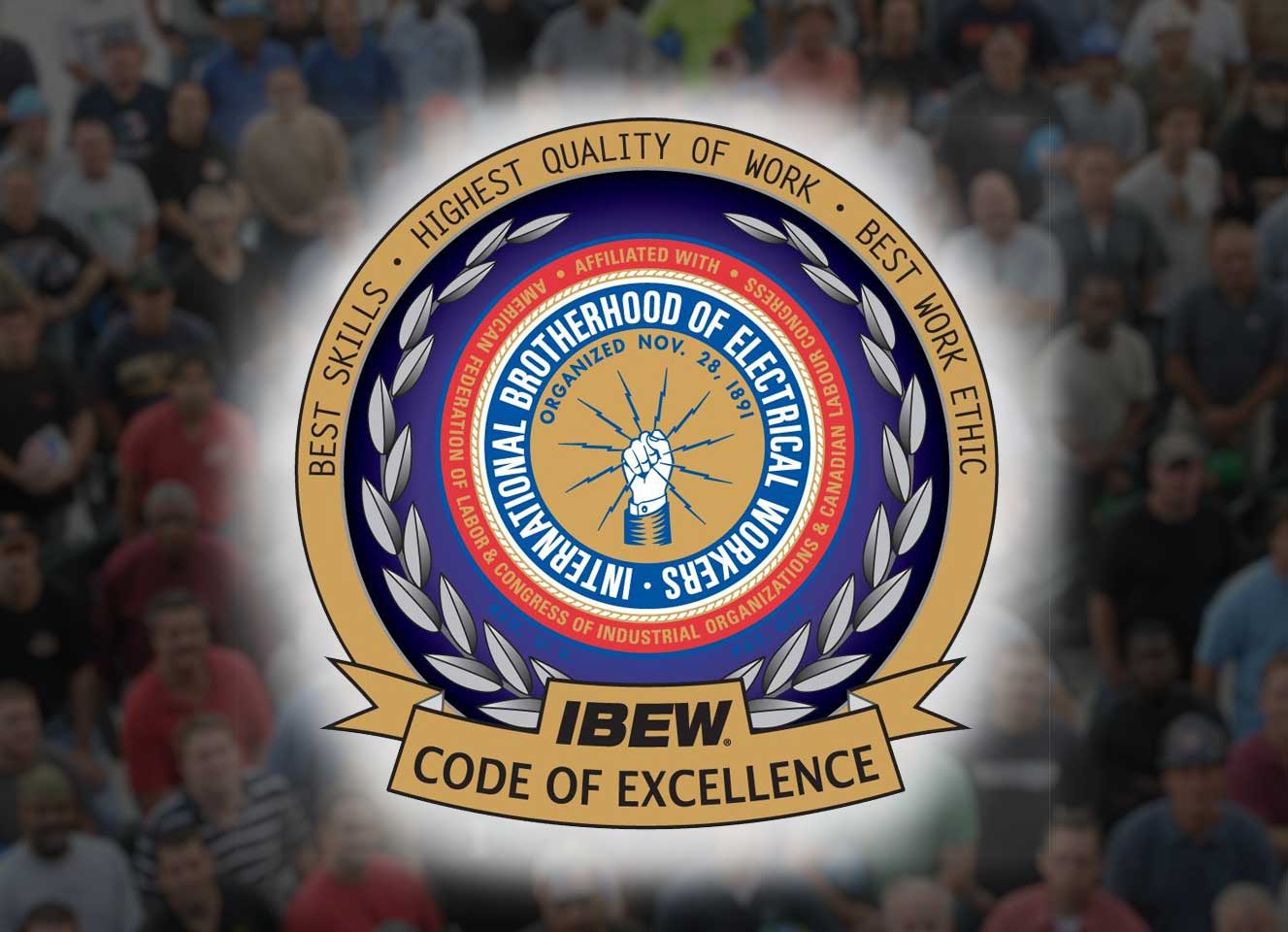
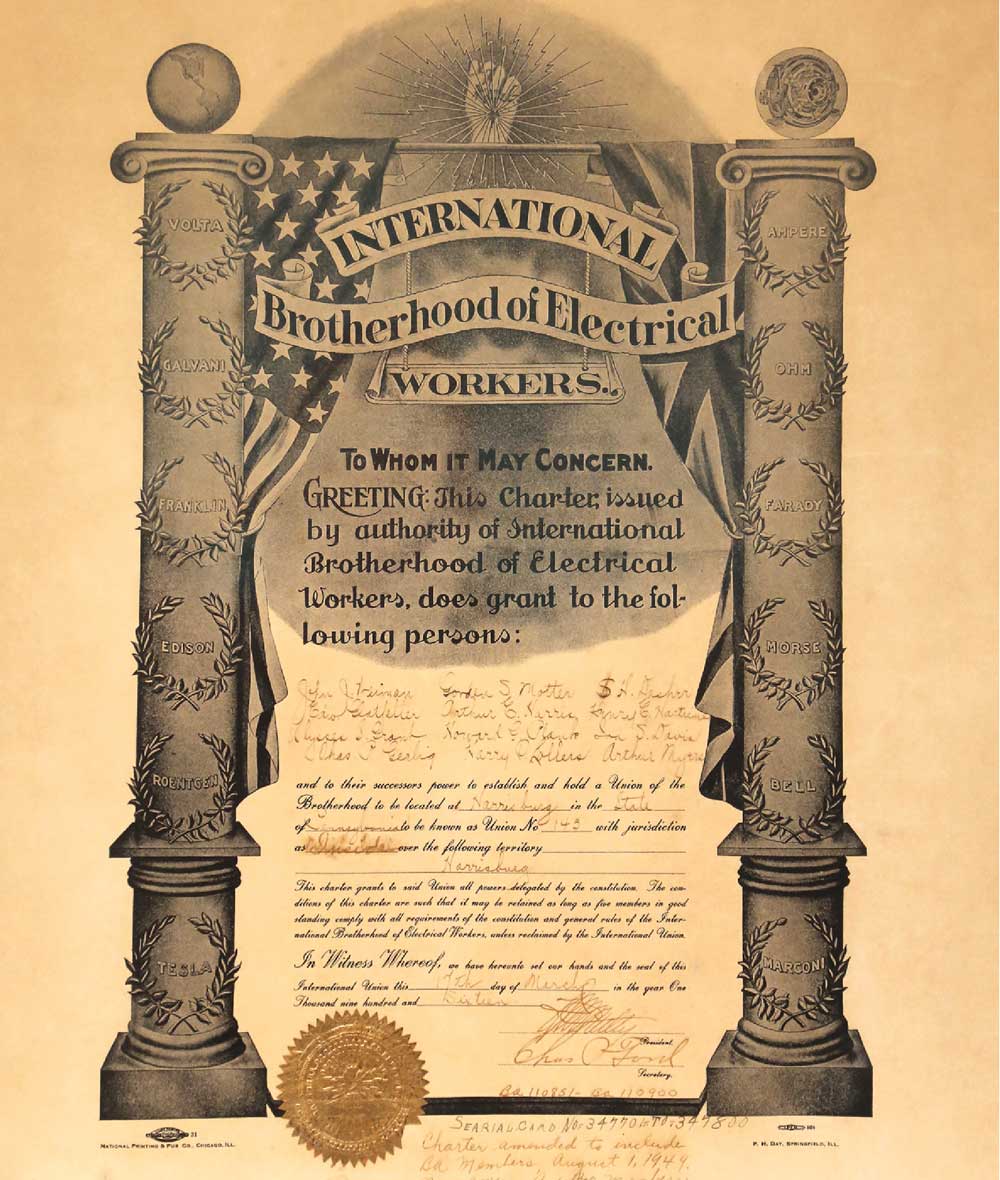
IBEW Local 143 History
Chartered on March 17, 1916
IBEW Local 143 was chartered on March 17, 1916. Since then, the Local has been dedicated to serving the Greater Harrisburg area by providing the region with the most highly skilled, highly trained, most productive, and safest electrical workers in the construction industry.
Today, Local 143 represents almost 600 members, including journeymen and apprentice wiremen, sound and communications technicians and construction electricians and wiremen.